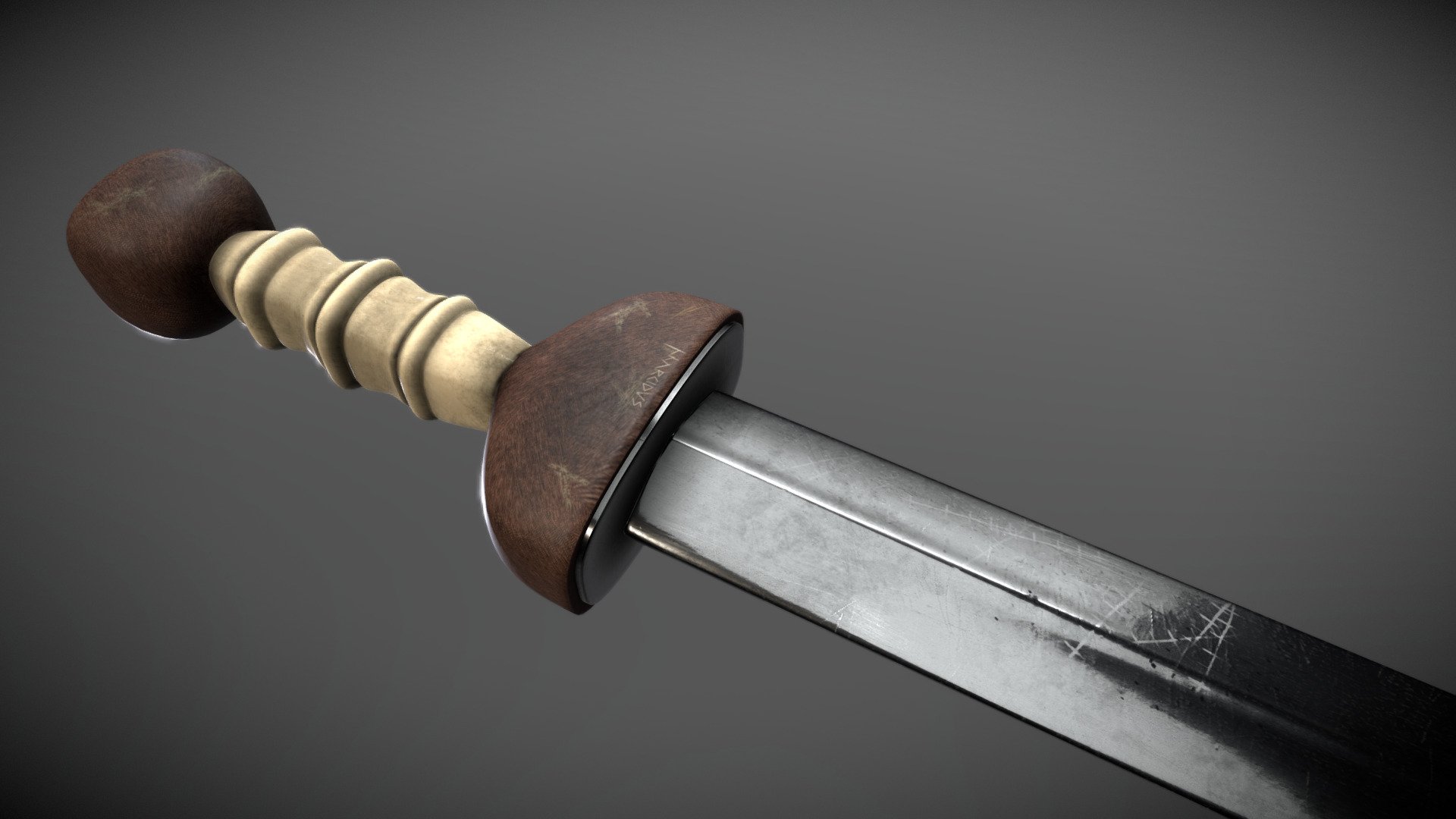
Livy gives the following graphic account of the effectiveness of the gladius Hispaniensis in battle c. The pommel at the end of the handle, usually a hemispherical or a trilobate form, gave the sword a good balance so that it could be used to slash with great force if necessary. Sometimes four grooves were made in the handle to give a better grip. The short handle was made of wood and could even be covered in bronze sheeting or plated with silver. Polybius describes the sword thus, "It has an excellent point and a strong cutting edge on both sides, as its blade is firm and reliable" (Polybius 6.23.6-7 in Campbell, 424). Made from iron (with a few examples in Toledo steel) it had a straight blade of up to 65 cm (25 inches), pointed tip ( mucro) and double edge. The standard gladius Hispaniensis did not change very much over the years. They saw bodies mutilated by the Spanish sword, arms lopped off at the shoulder, or heads separated from bodies with the neck cut right through. Legionaries were specifically trained to stab while protecting themselves with their shield rather than expose their torso and arm by slashing.

The Romans were quick to see its advantages and both legionaries and auxiliaries used the sword to good effect in the conquest of Gaul when the local tribes, armed with long swords, could only cut while the Romans could both cut and stab. The short blade of the gladius Hispaniensis made it an ideal weapon when soldiers were closely engaged with the enemy and gave its carrier a distinct advantage over an opponent armed with an unwieldy and heavier, longer-bladed sword who had no space in which to swing his blade.

The gladius Hispaniensis sword (aka ' Hispanicus') probably first came to the attention of Rome during the First and Second Punic Wars of the 3rd century BCE when it was used by Iberian tribes fighting as mercenaries and allies of the Carthaginians. The gladius Hispaniensis or Spanish sword was first used by tribes in the Iberian peninsula and, following the Punic Wars, became the standard sword of Roman legionaries from the 2nd century BCE as its relatively short and double-edged blade made it ideal for cutting and thrusting in the confined space of hand to hand combat on the ancient battlefield.


 0 kommentar(er)
0 kommentar(er)
